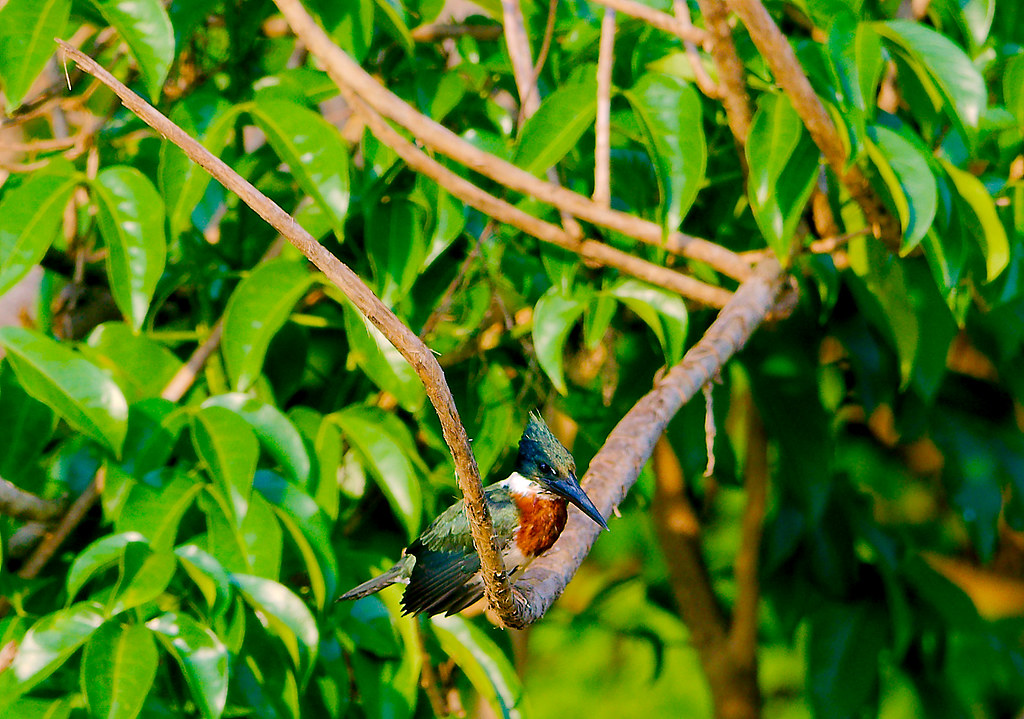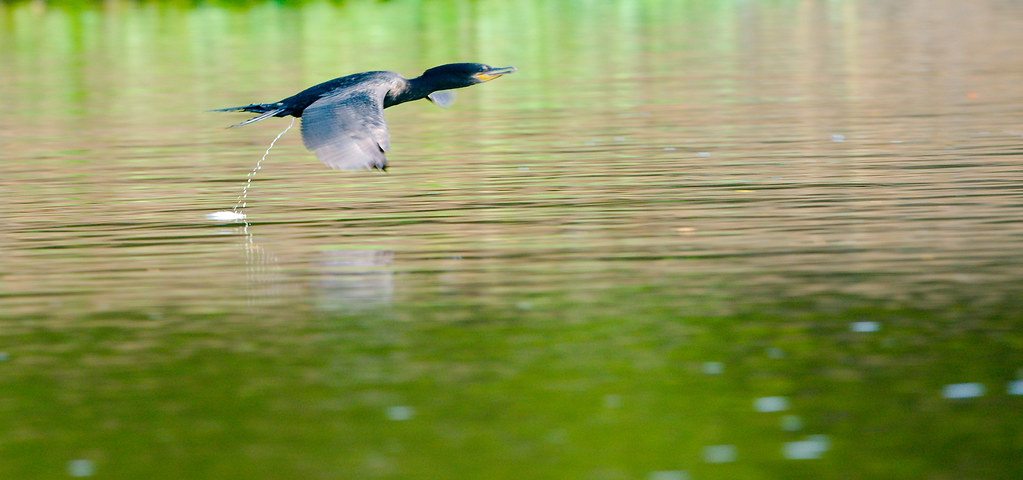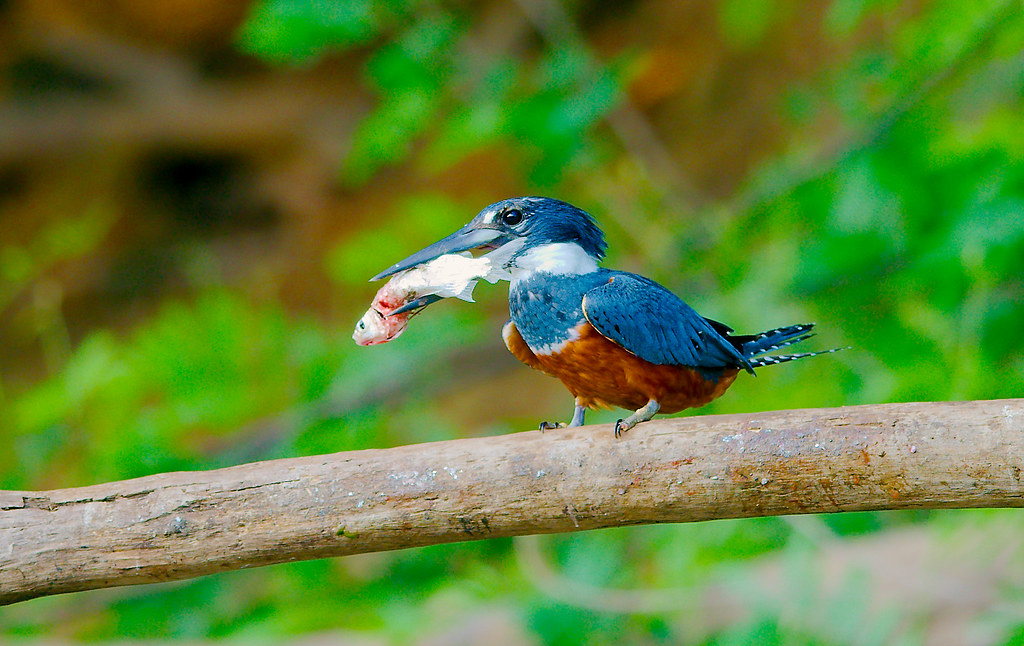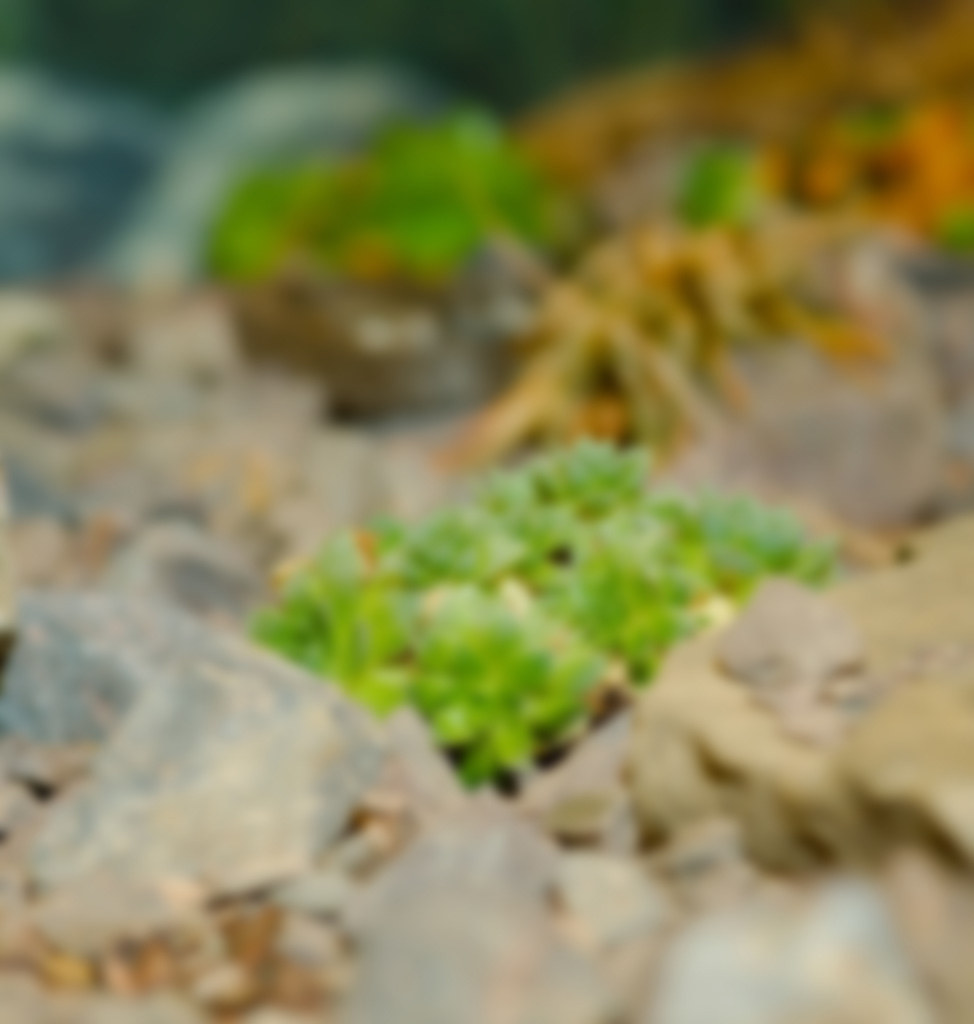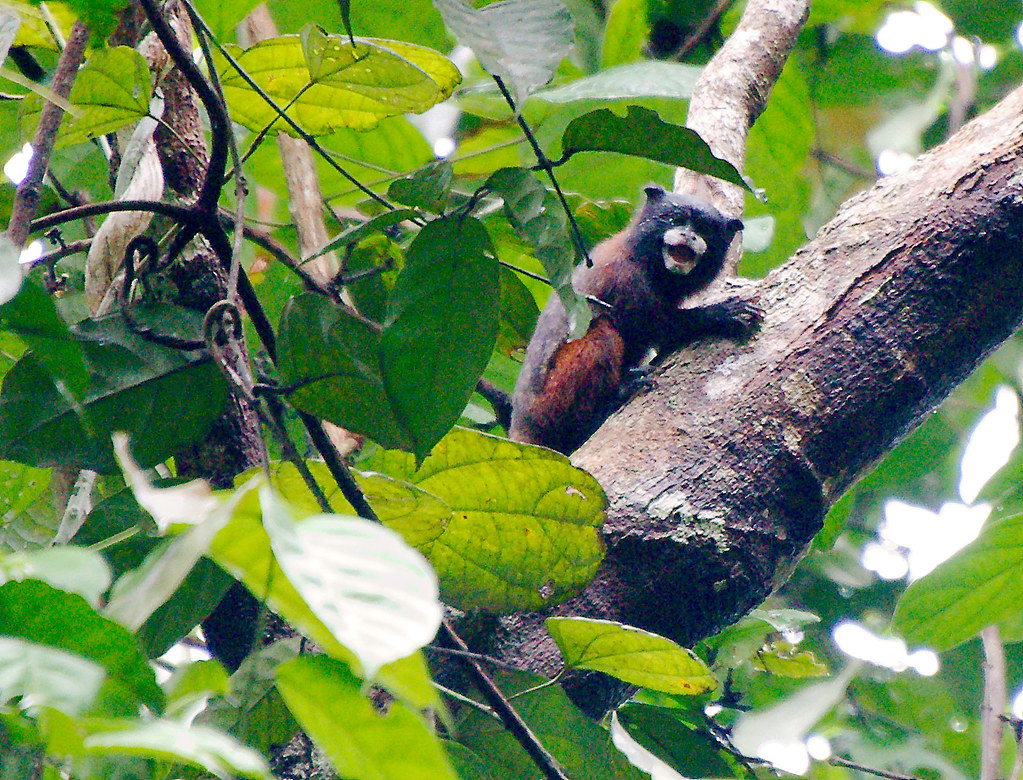Like the water they dive into, kingfishers find the lowest level.
Dodo
Snail
Peru 2015 – Lizard
Palawan peacock pheasant (Polyplectron emphanum)
Northern Curlytail Lizard (Leiocephalus carinatus armouri)
Peru 2015 – Black-capped Squirrel Monkey
Magpie
Peru 2015 – Cormorant
Cactus
Ring-tailed Lemur (Lemur catta)
Peru 2015 – Capped Heron
Sonoran Desert Sidewinder (Crotalus cerastes cercobombus)
Martinique anole (Anolis roquet summus)
Peru 2015 – Kingfisher
Bug
A consideration
This is a multi-image post so, if you’re viewing this on Facebook, you might want to click through to the original.
Take a look at this lovely picture of a plant. Plants like this grow among the rocks of a field, popping out where they can find soil purchase and enough water and sun to barely survive. If you were an animal living in this sort of world, you’d see this sort of thing a lot. Some of the plants you could eat, some you couldn’t. But either way, you wouldn’t pay it much mind.
The other thing is that a lot of animals just don’t see very well. They don’t wear corrective lenses and tend to live more dangerous lives than we do. So if they get an eye injury, they tend to keep it. Their eyesight is unlikely to improve as they get older. In fact, it will often get worse.
This is also true for humans before we had glass technology. So, an early human would look out at their land and see something like this:
Still, you could probably make your way through life that way, right? Green stuff is edible. Small moving stuff is yummy. Big moving stuff is scary. It’s simple, right?
Well, what if the picture really looked like this?
That’s an Armenian viper and, like many snakes, they make their living by being underestimated.
Be glad you live at a time when good vision is available to people all over the world … except in the poorest countries … you know, those with lots of vipers in them.
